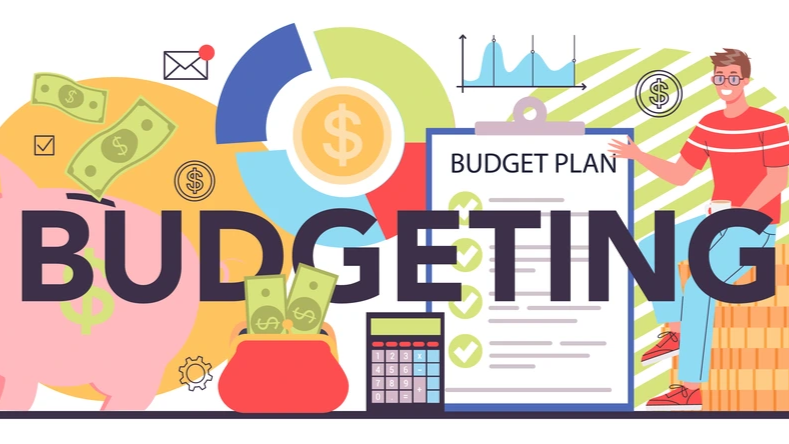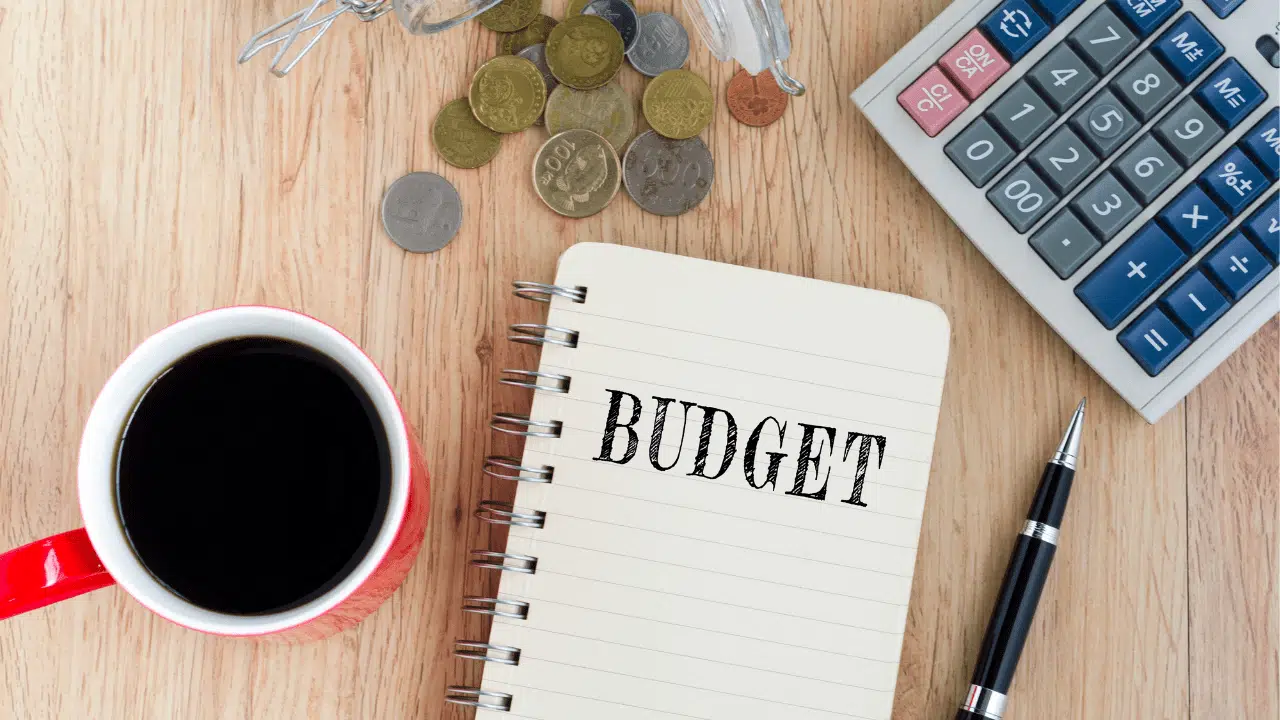Shopping can be a fun and rewarding experience, but it can also lead to overspending if you’re not careful. Whether you’re preparing for holiday sales, back-to-school shopping, or simply updating your wardrobe, planning a shopping budget is a crucial step in maintaining financial control. A well-structured budget will not only help you save money, but it can also reduce stress and give you peace of mind knowing you’re staying on track. Here’s a step-by-step guide on how to plan a shopping budget and stick to it.
1. Set a Realistic Budget
The first step in planning a shopping budget is determining how much money you can afford to spend. Take a close look at your monthly income and expenses to see how much you can set aside for shopping without affecting your bills or savings goals. Be realistic about what you can afford, and avoid overestimating your budget. It’s better to have a smaller budget that you can stick to than a larger one that leads to financial strain.
2. Identify Your Shopping Needs and Wants
Before heading out for a shopping spree, take some time to assess what you actually need versus what you want. Needs might include essentials like groceries, toiletries, or clothing to replace worn-out items. Wants could be more impulsive purchases, like the latest gadgets or a new handbag. By distinguishing between needs and wants, you can prioritize your spending and avoid unnecessary splurges.
3. Create Categories for Your Budget
Once you’ve set an overall shopping budget, break it down into specific categories. This will help you track your spending and ensure you’re not exceeding any one category. For example, you might allocate $100 for groceries, $50 for clothing, and $30 for beauty products. Creating categories also helps you stay focused on what you truly need, so you don’t get distracted by tempting sales.
4. Plan for Sales and Discounts
While planning your budget, take into account any upcoming sales or promotions that could help you save. You might be able to purchase certain items at a discounted price during seasonal sales, Black Friday, or store-wide clearance events. However, don’t let sales dictate your purchases. Stick to your list and only buy items that align with your needs and budget, regardless of how much of a discount you might receive.

5. Track Your Spending
Once you’ve started shopping, it’s essential to track your spending to ensure you’re staying within your budget. Keep receipts, use budgeting apps, or maintain a written log of your purchases. Regularly checking your spending will give you a clear picture of how much you have left to spend in each category, making it easier to adjust if necessary. If you see that you’re nearing your budget limit in one category, cut back in another area.
6. Avoid Impulse Buying
Impulse buying is one of the biggest reasons people exceed their shopping budgets. Whether you’re tempted by limited-time offers, “buy one, get one free” deals, or eye-catching displays, it’s easy to make purchases that weren’t planned for. To avoid impulse buying, make a list of exactly what you need before heading out, and stick to it. If you’re shopping online, use the “shopping cart” feature to hold off on purchasing until you’ve had time to think about it. If an item isn’t on your list or budget, don’t buy it.
7. Use Cash or Debit Cards Instead of Credit
Using cash or a debit card is a great way to stick to your budget because it limits your spending to what you have available. Avoid the temptation to use credit cards, which can quickly lead to debt if not carefully managed. If you prefer to use credit, pay off the balance right away to avoid interest charges. Paying with cash or debit will also help you develop a stronger sense of how much you’re spending as you see the money leaving your hands.
8. Set Up Alerts for Price Drops
If you’re waiting to buy something expensive, consider setting up price alerts through websites or apps that track price fluctuations. Many online retailers offer notifications when prices drop or when there’s a significant discount on an item. This can help you purchase your desired item when it’s on sale, without exceeding your budget.
9. Stick to Your Budget—No Exceptions
One of the hardest parts of budgeting is resisting temptation. If you’ve set a specific limit, it’s essential to stick to it. Resist the urge to add that extra item to your cart, especially if it wasn’t in your plan. If you’re feeling tempted, remind yourself of the importance of staying within your budget and the bigger financial goals you’re working towards. Creating and maintaining a budget is about discipline, and staying committed to your plan will help you achieve greater financial stability in the long run.
10. Review and Adjust Your Budget as Needed
Your shopping needs and priorities may change over time, so it’s important to regularly review and adjust your budget as necessary. If you find you consistently overspend in a particular category, consider re-evaluating the amount you’ve allocated for that category. Alternatively, if you find you’re spending less in one area, you can reallocate those funds to a more important category. Flexibility will allow you to stay on track while adapting to changing circumstances.
Conclusion
Planning and sticking to a shopping budget is a vital skill that can help you save money, reduce stress, and maintain financial control. By setting a realistic budget, tracking your spending, avoiding impulse purchases, and regularly reviewing your progress, you can make sure that your shopping is both enjoyable and financially responsible. Remember, the key is balance—while it’s great to indulge in a little retail therapy now and then, sticking to your budget ensures that you can enjoy it without financial worry.











